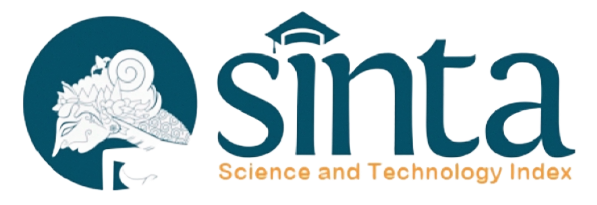Segmentation of Diseased Tomato Leaf Image with K-Means Clustering Method in HSV Colour Space
DOI:
https://doi.org/10.33022/ijcs.v14i2.4685Keywords:
Tomato leaf, K-means clustering, HSV color space, disease segmentationAbstract
Tomatoes have health benefits and high economic value, but are susceptible to diseases that can reduce yields by 50-60%. Early detection of tomato leaf diseases is necessary to reduce losses. Manual identification is time-consuming and costly, so an efficient technique is needed. This research proposes an image processing-based preprocessing technique using contrast stretching, clustering, background removal, and conversion to Hue-Saturation-Value color space. The results show that the proposed technique is able to identify septoria spot, mosaic virus, and bacterial spot, which are 94.99%, 92.83%, and 94.57%, respectively. Bacterial spot also had the highest sensitivity of 88.02%. This indicates that the technique is effective in detecting the disease, hovewer mosaic virus has a lower sensitivity of 82.53%. This value indicates that several cases were not correctly identified. Bacterial spot had the highest value of 87.74% in F_1-score followed by septoria spot at 87.01% and mosaic virus at 85.59%.
Downloads
Published
Issue
Section
License
Copyright (c) 2025 Haidar Ahmad Fajri, Safrizal Ardana Ardiyansa, Eric Julianto

This work is licensed under a Creative Commons Attribution-ShareAlike 4.0 International License.





